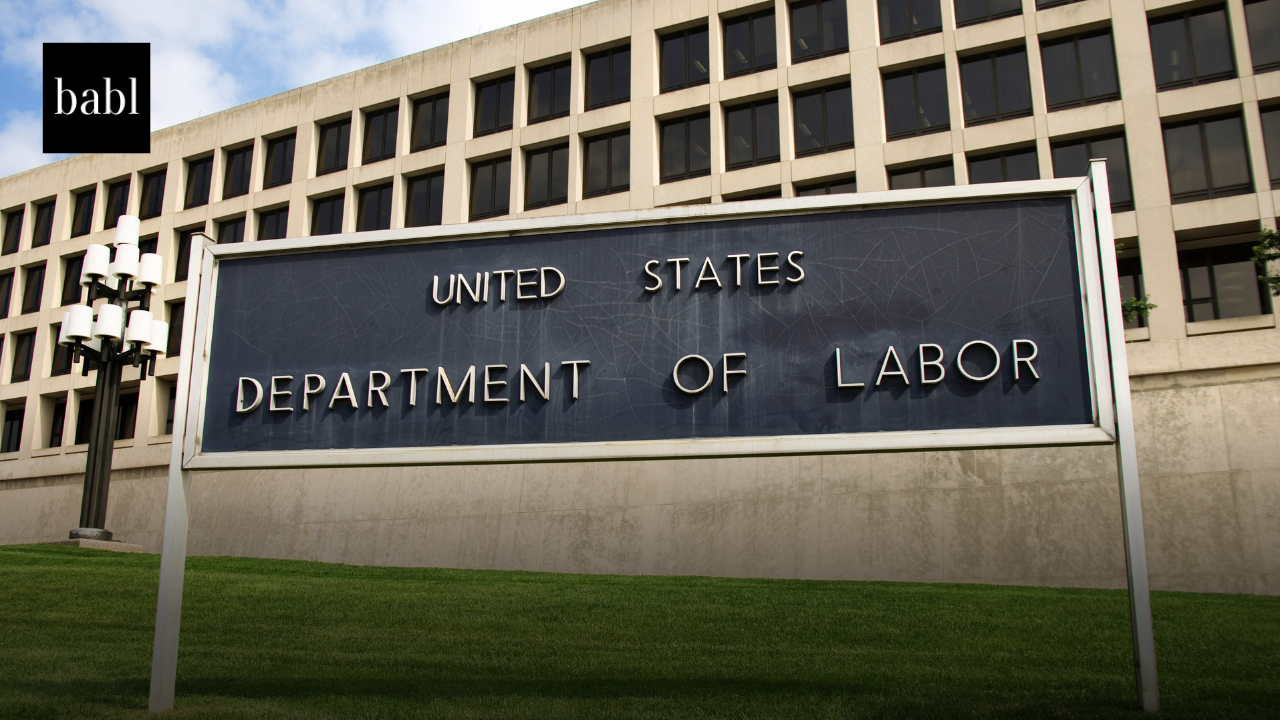The U.S. Department of Labor has released a new document titled “Artificial Intelligence and Worker Well-being: Principles and Best Practices for Developers and Employers,” highlighting a set of guidelines intended to protect workers as artificial intelligence (AI) systems become increasingly integrated into workplaces. The principles underscore ethical AI development with a focus on worker empowerment, privacy, and responsible innovation.
The guidelines cover several critical principles:
- Worker Empowerment and Inclusion: The Department advises developers and employers to involve workers, especially those from underserved communities, in AI system design and implementation. Workers should have meaningful input in the adoption of these technologies to ensure they align with job quality goals.
- Ethical AI Development: To prevent potential harm, the guidelines urge developers to establish strong ethical standards in AI creation. This includes regular assessments for accuracy, reliability, and bias to safeguard workers’ rights, safety, and equality in the workplace.
- Human Oversight and Governance: Employers should set up governance structures to ensure human oversight in critical decisions influenced by AI. This oversight extends to decisions on hiring, job assignments, and other key employment conditions, preventing any over-reliance on AI systems in making consequential workplace decisions.
- Transparency in AI Use: Transparency is crucial, and employers are encouraged to disclose information about AI systems to employees. Workers should be informed about any AI tools monitoring their activities, what data is being collected, and how it is being used.
- Protection of Labor Rights: The guidelines emphasize that AI should not infringe upon labor rights. Employers are reminded of their duty to comply with labor laws, particularly with regards to rights such as organizing, health and safety, and non-discrimination.
- Enabling Workers through AI: AI should be used to support, rather than replace, workers. Employers are advised to implement AI systems in a way that complements employees’ roles and enhances job quality. The Department encourages AI-driven productivity gains to be shared with workers in the form of higher wages or improved working conditions.
The Department of Labor’s principles are intended as a non-binding framework, providing guidance rather than regulatory mandates. While the principles will not enforce legal obligations, they offer a blueprint for integrating AI into workplaces in a way that prioritizes workers’ rights and safety. As AI’s influence in workplaces grows, these principles aim to ensure that advancements benefit not only businesses but also their employees, safeguarding against any potential negative impacts.
Need Help?
If you have questions or concerns about how to navigate the global AI regulatory landscape, don’t hesitate to reach out to BABL AI. Their Audit Experts can offer valuable insight, and ensure you’re informed and compliant.





